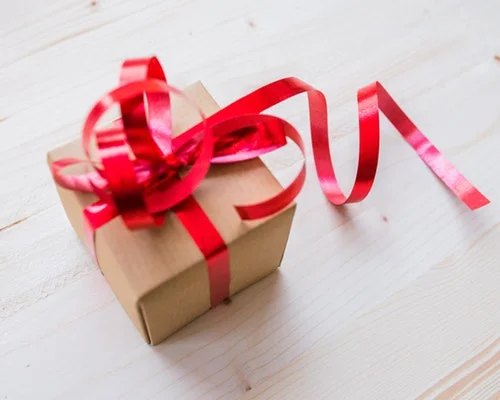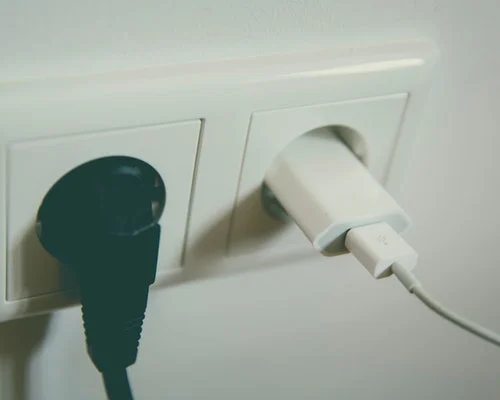With holidays around the corner, many of us are winding down with our gift shopping and starting to settle in at home for some quality relaxation and family time.
When you think about your home it’s more than just a place to store your belongings and sleep—it’s almost like a state of mind.
To have a peaceful home, you need a space that is both functional and attractive. You’ve already invested time and money in your home so why not stock it with proper tools that will make life easier for you?
Whether you are looking to put the essentials in your own home or you’re getting some gifts for a new homeowner in your life, consider these gifts that will optimize your home maintenance.
Safety
When it comes to safety there are many useful tools and items to keep around the house, but some of the basics include:
- First-aid kit
- Power outage essentials (flashlight, batteries, etc.)
- Fire extinguisher (check out this helpful guide)
- Tarps (useful in storms to secure objects that may become airborne)
- Surge protector (especially in older homes)
- Disinfecting dishwasher light (did you know that 62% of tested dishwashers harbor mold—yuck! Keep your health in check with this trusty device)
Home Care
Keeping your house clean not only makes your home that much more comfortable, but it will also increase the longevity of your home while providing a healthy space for your loved ones.
- Versatile vacuum (Pro-tip: Splurging on a good vacuum is worth it!)
- Microfiber cloths
- Rubber gloves (especially if you handle chemicals or harsh soaps)
- Storage solutions (this can be anything from plastic containers to wicker baskets)
- Multi-head screwdriver
- Power drill
Practical
This short list is chock full of items you wouldn’t think you needed until in the moment. While not the flashiest of objects, they will pay their weight in gold when you think about how often you use them.
- Step ladder
- Binder clips (yes, these, use them to clip open food packages, hang drying clothes, or even clip your curtains closed)
- Adjustable tension rod
- Leatherman multi-tool
- Retracting extension cord reel
How many of these things do you already have around your home? What about your loved ones?
Keeping items like the ones on this list can ensure a healthy and functioning living space for all. We know that these aren’t the most exciting home gifts so if you’re looking for something a little flashier we have a few suggestions.
Fun Home Gift Ideas
- Temperature controlled faucet light: Avoid burns with this cool (and cheap!) light, cold water turns the light blue and hot water turns it red.
- Electronic cleaning putty: Get your kids excited to clean with this silly putty made especially to get the hard to reach crevices on our devices like keyboards or remotes.
- Wake-up light: This alarm clock stimulates a sunrise, maybe it’s not directly related to the home, but it is a cool gift.
- Pop out outlet: Great for style and safety! If you have kids, you should consider investing in these.
We Can Help
If you’re looking to move homes or want to knock out your annual home inspection, give us a call! We’ll make sure you and your family have a stress-free holiday at home.





